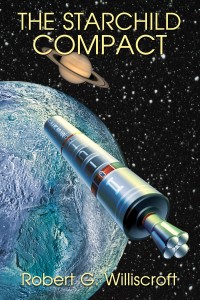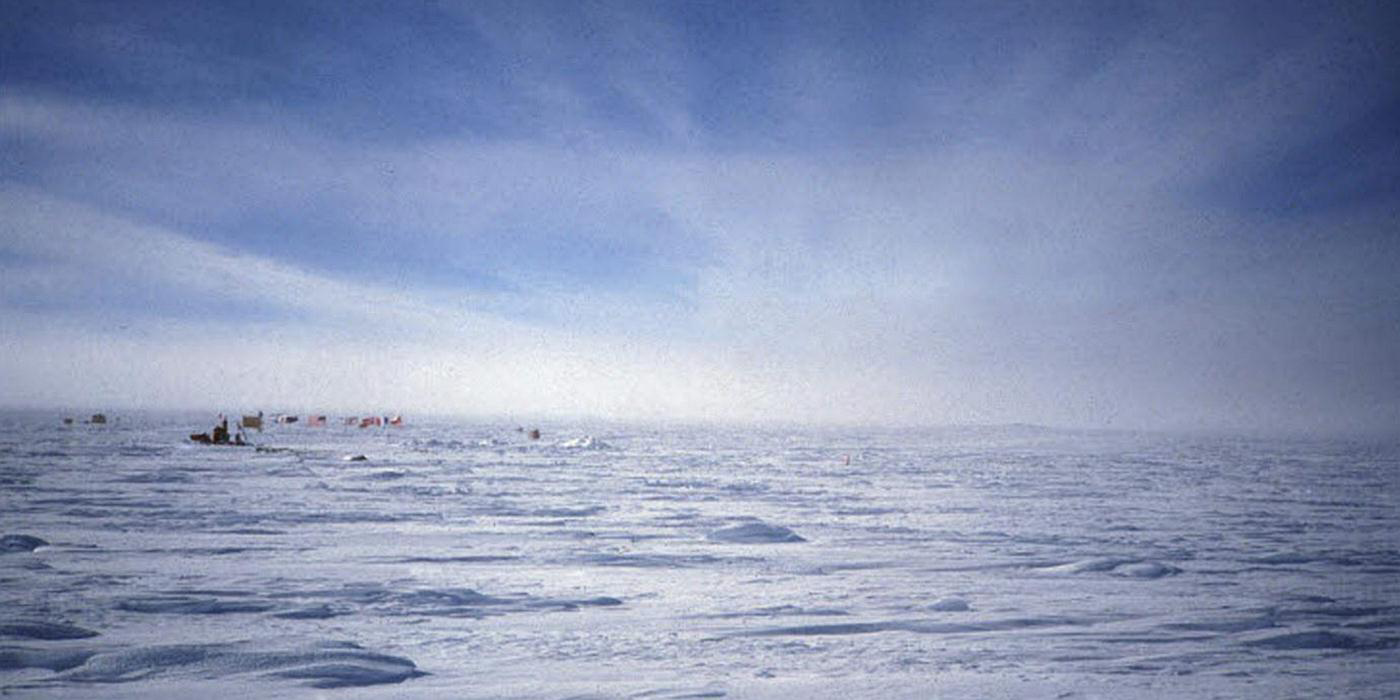Here is the text of a great review of The Starchild Compact written by Simon Barrett, and posted to his blog:
There are three types of science fiction, there is the pixie and goblin type (fantasy), there is soft Sci-Fi, John Wyndham springs to mind, the science is there, but plays second fiddle to the to the human story. The third type is hard Sci-Fi. The story uses science in a more proactive role. The Starchild Compactmost certainly belongs in this third category.
In a stroke of genius Robert Williscroft selected a subject that has baffled NASA for over a decade. Our close neighbor Saturn, a paltry 750 million miles away (Mars is only 140 million miles) has a rather interesting moon orbiting it named Iapetus. The moon boasts a unique feature, a mountain range that circles the equator.
The Starchild Compact is set in the not too distant future, technology has improved, and a project to send a team of explorers to Iapetus is undertaken. The ship is built in space, it is far too large to be launched directly from the earth. Cassini II is the most challenging space exploration ever undertaken.
The world is not too dissimilar to what we have today, Robert Williscroft calls them NATO, the Eastern Bloc, and the Persian Caliphate. Many countries have contributed knowledge and technology to the project.
There are some that suspect that Iapetus might not be a natural object but an artifact from a very distant place.
All of this this comes with the baggage of politics. Who should be on the crew? Who should be the captain? Who lays claim to Iapetus? Only the Persian Caliphate does not participate in the building of the ship, nor the wrangling about who should crew it. In the eyes of the Ayatollah the entire mission is doomed to failure, even worse, it goes against the holy writings of the Qur’an.
Cassini II is a large ship tube almost 200 feet long and 40 feet across, with three very distinct sections, at the front the crew area and control center, in the center the storage area that contains everything that might be needed for a prolonged stay on Iapetus, and the final rear section that houses the propulsion system. While on the long cruise the three compartments detach and are connected only by a tether. The Control module rotates and creates an artificial gravity, a really nice feature for a long space journey.
The journey begins uneventfully enough, there is a slight weight anomaly but it is assumed that the problem can be explained by the crew bringing along a few little extras to entertain and comfort them on the long and mostly tedious journey.
Tedious is a word that the crew quickly loses from their vocabulary when in a million to one event the tether suffers a glancing blow from a very small meteorite.
I could share more of the plot, but I am not sure that I want to. The Starchild Compactis so well constructed that I think it is better for the reader to discover the story for themselves. However I will make some observations. Unlike many other Sci-Fi authors Robert Williscroft does a great job of keeping within the bounds of known or likely science.
What attracts me to the book is the story itself. It really is more about the human condition than anything else. How would mankind react if we found out that we were not alone in the universe? Some would welcome the discovery and say “I told you so”. Some would say “This is the work of the devil”, and some would just be annoyed that the soap opera they were watching has been interrupted for a news announcement.
You can find more about Robert Williscroft on his website. I also recommend that you take out his earlier book Operation Ivy Bells for a test drive. Two very different subjects, but two incredible books.







Sorry, comments are closed for this post.